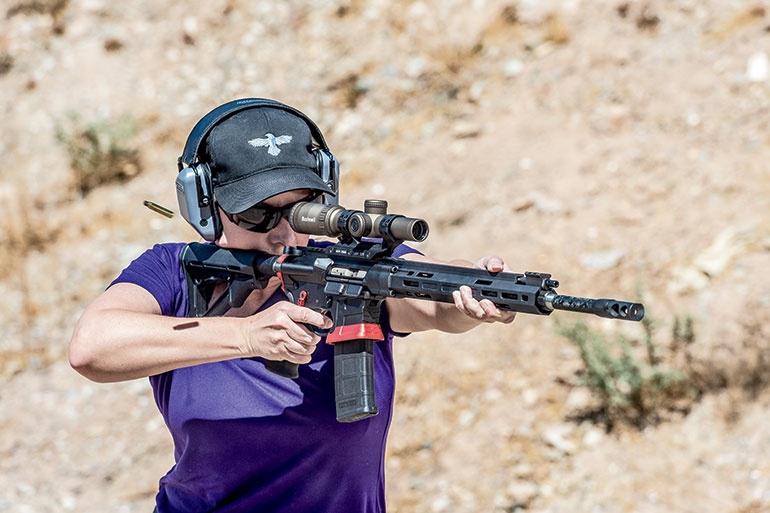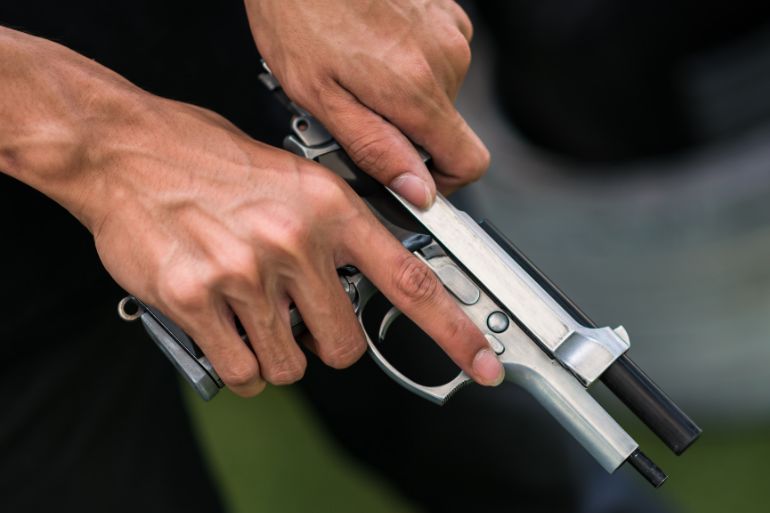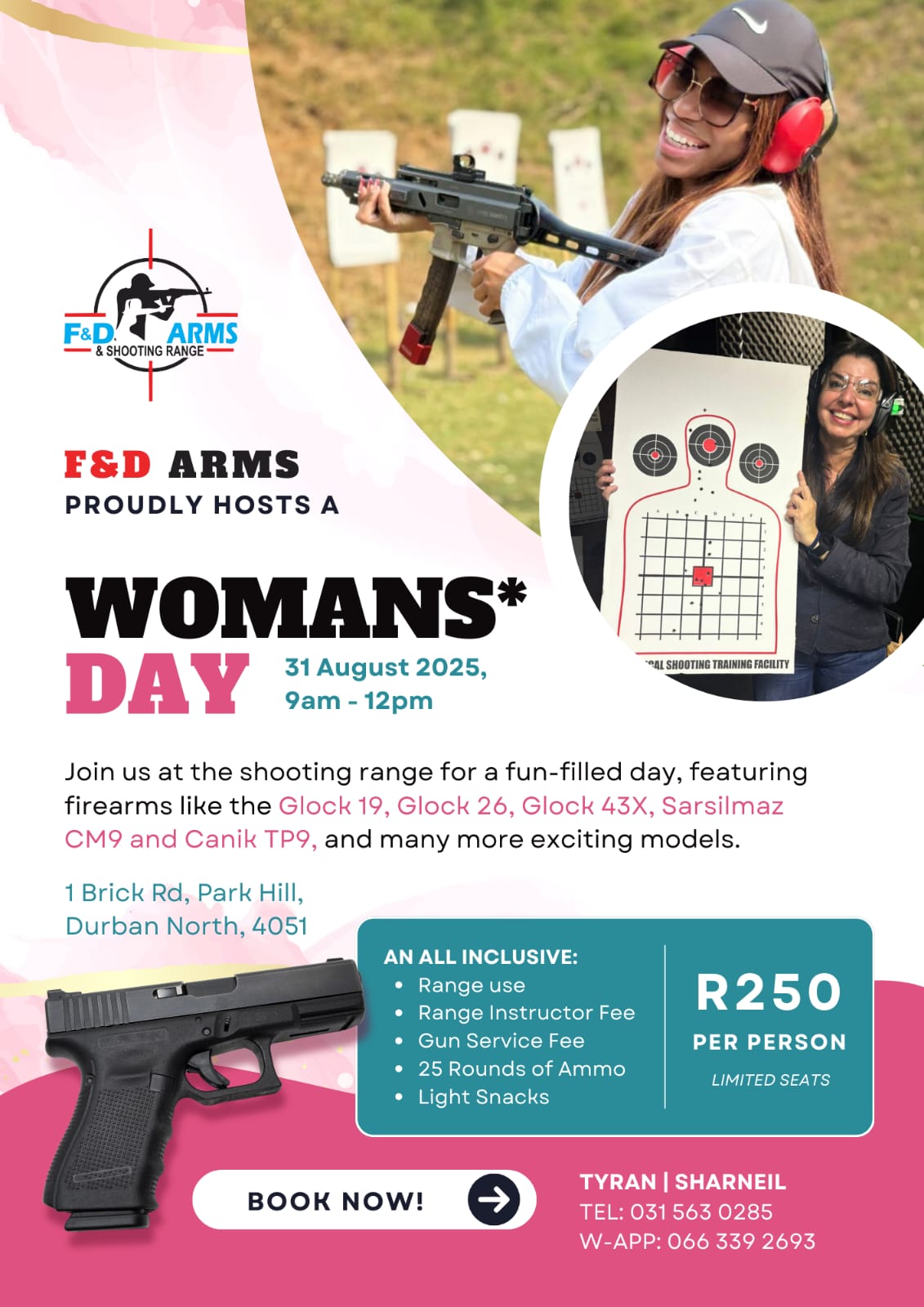Navigating the world of optics for your sport rifle can feel daunting for the first time optic buyer. With so many styles, features and price points on the market, it is easy to become overwhelmed. Yet choosing the right sight is one of the most rewarding upgrades you can make as a sport shooter. A well-matched optic brings your target into sharper focus, boosts confidence and helps turn good groups into great ones. This guide will walk you through the essentials from understanding the main optic types to key technical specifications and practical tips to ensure your journey from zero to scope hero is smooth and satisfying.
Define Your Shooting Discipline
Spend a moment considering how and where you will use your optic. Sport shooters span a wide range of disciplines:
- Precision rifle matches where targets range from 100 metres to 600 metres
- Action shooting that demands rapid acquisition and close-quarters engagement
- Long range benchrest where every millimetre of adjustment counts
- Three-gun or practical events blending rifle, pistol and shotgun stages
Identifying your primary use will narrow your options immediately and help avoid investing in features you will not need.
Know the Main Optic Styles
While there are more exotic systems available, most sport shooters choose among these core categories:
- Rifle scopes
- Offer variable or fixed magnification (for example 3×9 or 4×32)
- Ideal for medium to long distances
- Reticles range from simple crosshairs to multi-mil DOT grids
- Red dot sights
- Provide unlimited eye relief and intuitive aiming with a glowing dot
- Best for close to medium range engagements
- Popular in action and speed-oriented competitions
- Holographic sights
- Project a reticle within a window using laser holography
- Combine rapid target acquisition of red dots with more complex reticle options
- Generally more robust but come at a premium cost
Understanding these categories will help you match form to function and avoid “scope envy” when you spot a fellow shooter’s setup.
Key Features for Rifle Scopes
If you choose a rifle scope, these technical specs matter most:
- Magnification: Decide between fixed magnification for simplicity and lighter weight or variable magnification for flexibility. Variable scopes such as 3×9 or 4×16 cover most sport shooting scenarios.
- Objective lens diameter: A larger objective (for example 40 mm versus 50 mm) gathers more light for low-light conditions but adds size and weight. Balance light transmission with your rifle’s weight limit.
- Reticle style: Simple duplex or mil-dot reticles clear clutter for beginners. Advanced shooters may appreciate etched ballistic reticles calibrated in MOA or MIL.
- Eye relief and exit pupil: Generous eye relief (at least 90 mm) protects your eye from recoil. Calculate exit pupil by dividing objective size by magnification (for example 40 mm ÷ 8× gives 5 mm). A larger exit pupil aids sight picture in dim light.
- Field of view: Measured in metres at 100 metres, a wider field helps track moving targets. Compare the advertised field of view at lowest magnification.
- Turret adjustments: Look for tactile and audible clicks in reliable increments (commonly 0.25 MOA or 0.1 MIL per click). Low-profile or locking turrets reduce accidental shifts.
What to Look for in Red Dot Sights
Red dots shine for speed and simplicity. Consider these aspects:
- Dot size: Measured in MOA. A 2 MOA dot balances precision and speed; a 4 MOA dot tracks fast-moving targets with ease.
- Brightness settings: Ensure multiple daylight settings plus at least one low night-vision compatible level.
- Parallax and eye box: True-zero parallax systems keep your dot clear even if your head moves. A generous eye box prevents tunnel vision.
- Battery life and type: Some models run thousands of hours on a single coin cell; others feature solar backups. Factor in easy battery replacement in the field.
- Weight and footprint: A lightweight sight above the rail maintains your balance. Check mounting options and footprint compatibility.
Holographic Sights as a Premium Option
Holographic sights combine traits of both scopes and red dots. Evaluate these points:
- Window size: A larger viewing window offers better situational awareness.
- Reticle complexity: Choose between simple circles or advanced ranging stadia.
- Durability: Look for waterproof and shock-resistant ratings. Many holo sights excel in harsh competition environments.
- Power management: Battery life may lag behind red dots, so consider rechargeable options for multi-day events.
Mounting and Alignment
A solid mounting solution is essential:
- Rail type: Picatinny rails dominate in sport shooting, though Weaver rails remain common on older rifles.
- Mount height: Choose a mount that aligns your eye to the optic’s centre line naturally.
- Torque settings: Follow manufacturer specifications when tightening rings or bases. Over-torquing can damage your optic.
- Bore-sighting: Preliminary bore-sighting roughly aligns your optic to the barrel and saves time at the range.
Care and Maintenance
Protect your optic to enjoy consistent performance:
- Lens cleaning: Use a soft brush and lens-safe cloth. Avoid household cleaning fluids.
- O-ring seals: Keep seals free of grit to maintain waterproofing.
- Storage: Store in a padded case away from extreme heat or cold.
Becoming a confident first time optic buyer is a rewarding milestone on your sport shooting journey. By defining your discipline, understanding the main optic categories, mastering key technical features and following practical tips on mounting, budgeting and maintenance, you will choose an optic that brings clarity to every target. Remember that firsthand evaluation, solid research and a reliable warranty are as vital as glass quality. With this guide in hand you can shop with assurance, invest wisely and focus on the thrill of the range rather than the chaos of options. Welcome to the world of precision vision.



